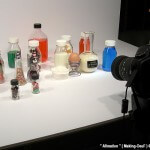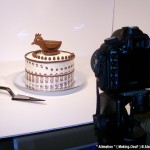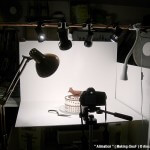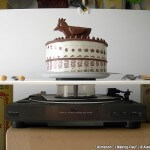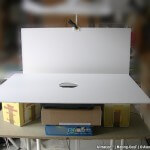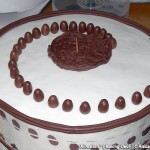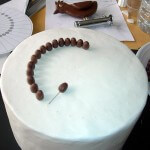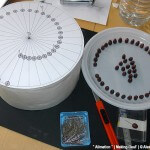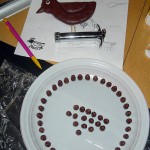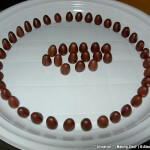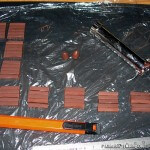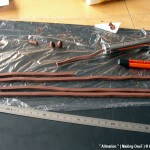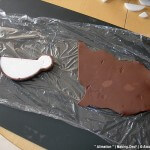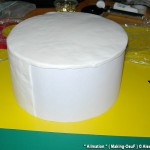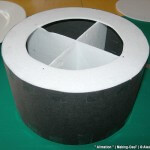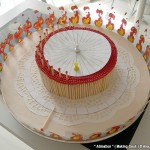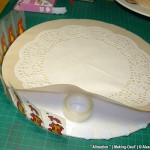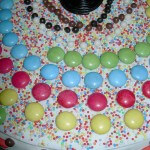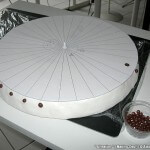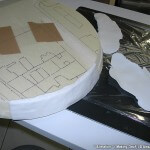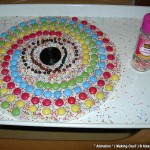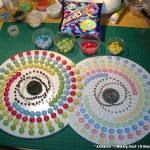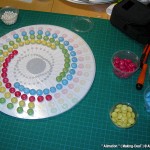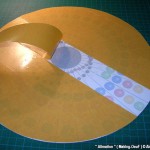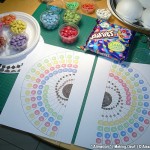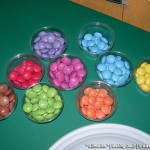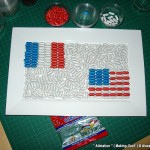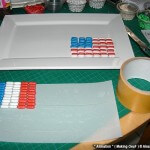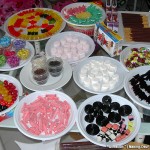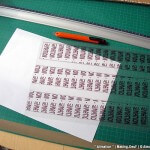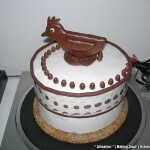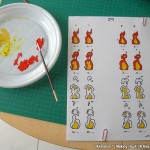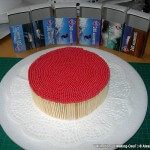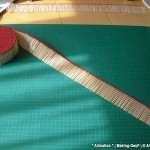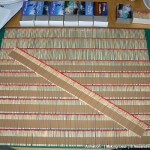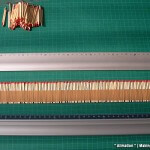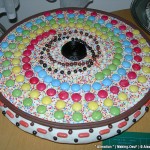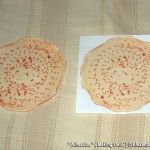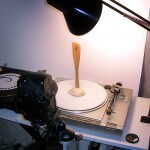Alimation by Alexandre Dubosc: A Tasty Tribute to Pre-Cinema & Optical Toys
…Or at least that’s what a Victorian aristocrat would stand up and shout from the back of a London theatre audience… if it was 1860. I wouldn’t fully blame the gentleman for the outburst, Alexandre DUBOSC is an illusionist after all, and it’s understandable that somebody who realises they are being fooled might resent feeling as such. I totally sympathise with the gentleman because I am the 21st century equivalent, although I would insist on cursing Alexandre only under my breath.
Allow me to explain…
Alexandre Dubosc’s short piece ‘Alimation’ at first glance is a typical stop motion animation. I’d even go as far as saying a very unimpressive stop motion animation. Kind of like when you go to Germany to show somebody your new Beer you produced… I felt like interrupting saying “Mate… I’m British. We have Aardman, the Stop-motion guys. Maybe you’ve heard of them?” and then turn and laugh along with my Union Jack t-shirt wearing friends.
But then as the animation continues things go a little weird and I find myself laughing alone.
“It’s CGI” one will whisper.
“No way. He must have painstakingly moved each one of those elements” another will protest.
All jokes aside though once you’ve seen his short piece ‘Alimation’ and realise what it is he has done you can’t help but feel admiration for the guy. Alexandre managed to produce a wondrously beautiful piece of animation using one of the oldest forms of animation and it still manages to enthral viewers more than 100 years after the technique was first revealed. His only crime perhaps is that he disguised it in the form of cake… and chocolate… and that kind of deception just won’t do. After all, were we not told as children to not ‘play with our food’?
Just before you read the interview below … take a look at ‘Alimation‘ animation…
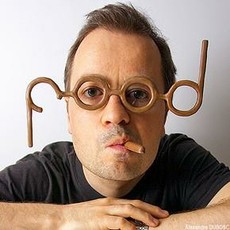
Alexandre Dubosc
Firstly I have to ask you… are you on commission with Cadbury? Because your short must have encouraged a heck of a lot of chocolate sales
Unfortunately no. My movies so far are not commissioned. Sometimes they win contests so I get something back for my time but I still do it purely for the love of the work. I work with chocolate because I love chocolate and I think I’m not the only one.
Never before have I wanted to hear statistics as much as I do right now. What can you give us? Time spent? Amount of chocolate used? Money spent?
I keep statistics for all of my films.
For ‘Show Co-Show’ I used exactly 2011 grams of chocolate.
In ‘Alimation’ I spent 45 Euros on candy and In the Flamboisier sequence I used 1472 matches. And in ‘Food about you’ it took 1 week of shooting just to get the traveling movement in the foreground.
So how much planning goes into something like Alimation? Do you sketch up ideas and concepts first?
I always start my film with my ideas recorded in small notebooks. It is essential for me to be ready to write things. An idea can come at any time. At night, in the cinema and eating … and if I did not write it down it would be lost forever.
It can take a long time but it is only after re-reading all my notes that an idea finally connects and looks like a film.
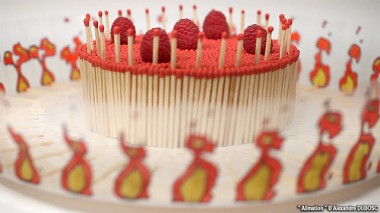
Did all your ideas work? Were there cakes we don’t know about that you left out because they weren’t as effective or didn’t work in practice?
There are about 2 or 3 that didn’t get into the final film. But as with any movie, scenes are cut, leaving only the best parts. This is also true when using cakes.
I can see this technique being very commercial. If you could pitch this style to a company for their next advertising campaign who would you wish it would be?
Actually I’ve just been approached by a major advertising company that want me to make commercials for them, which is great because otherwise I’d be developing something even crazier.
Your major 2010 animation L’Amante couldn’t be any further from Alimation, does this mean we shouldn’t assume ANYTHING about what you’ll be producing next? Or is this your style.
Each film I make is an experiment. “L’Amante”, was actually produced in 2002 and is a 35mm film funded by the CNC and is very unique in its handmade 3D style. It is very different from Alimation in many ways. Alimation was made without money and completely self-produce, it was shot with my Canon camera. I choose my style and technique depending on what ideas I want to get across, the time I have available and any financial constraints I have. I do my best to communicate my concept in a way that’s best for the technique I’m using but also entertaining to the viewer.
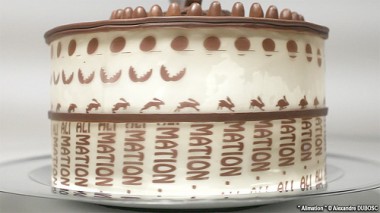 Your ‘photographer’s eye’ is very keen. Are you passionate about photography as well?
Your ‘photographer’s eye’ is very keen. Are you passionate about photography as well?
My latest movies are in fact directly inspired from my research into photography. Over the last few years I’ve been angling projects to include more and more. Pictures are vital to me because it allows me to better focus my ideas before making moving images … movies.
What inspired you to do this piece? Was Zoetrope style animation something you always wanted to try? Are we going to be seeing some even more remarkable things in the future? Interactive pieces? Architecture? Etc.
This phenomenon is very old and has always fascinated me. Scores of people have already made films that inspired me to make my own using my own technique. In truth, what I did isn’t that much different from traditional optical illusions like the Zoetrope, Praxinoscope, and the Phenakistiscope (magic wheel).
I’m not sure if the next thing I’m doing is necessarily ‘better’ but I’m going to have a lot of fun finding what it’s going to be.
There is very little contemporary reference you can point somebody to when describing your project. Did any friends or relatives think you were a little crazy whilst making this?
I love the artist Andreas Hykade. I find his latest work extremely fascinating in particular his recent ‘Love & Theft’. Now THAT’S pretty strange but I always remembered him while I was writing
Alimation … inspired mainly for his hypnotic style.
What do you like most with animation?
For my last film ‘Alimation’ what I like most is that it is a hybrid. It is animation but through live shooting, a sort of stop-motion and “stroboscopic movie” in one. I also love that in this day and age my film can start its life on the Internet with an instant audience and I can then start touring the festivals and quickly get a lot of positive feedback.
When touring I spend about 15 days in every country hearing from many different people who don’t necessarily specialize in this kind of work and it is these kinds of people I value the most because they are the most varied.
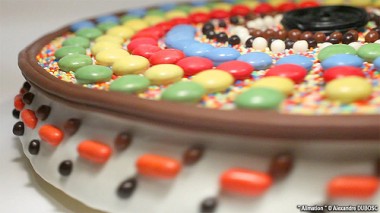 Your piece is nicknamed the ‘editable Zoetrope’. The big question is did you eat everything afterwards?
Your piece is nicknamed the ‘editable Zoetrope’. The big question is did you eat everything afterwards?
The nickname originated from the many blogs that have been written about Alimation and it just stuck. I like to think of it as part of an exchange between my work and the audience… a film needs to engage its viewers, and if that makes them want to name it something more personal then I’m happy for them to do so.
As for whether I ate it all… I have actually eaten a certain amount of candy but not all because some are in clay and whilst I love the clay I don’t like it enough to eat it.
Hah… yes I can imagine. What? Wait so that wasn’t even a real CAKE? What is real in your work? I don’t know what to believe any more. Are you even Alexandre DUBOSK? I’m going home to watch TV. At least I know that never lies.
Click here to view Alexandre Dubosk’s website
Here’s some photos from the making of ‘Alimation’:



